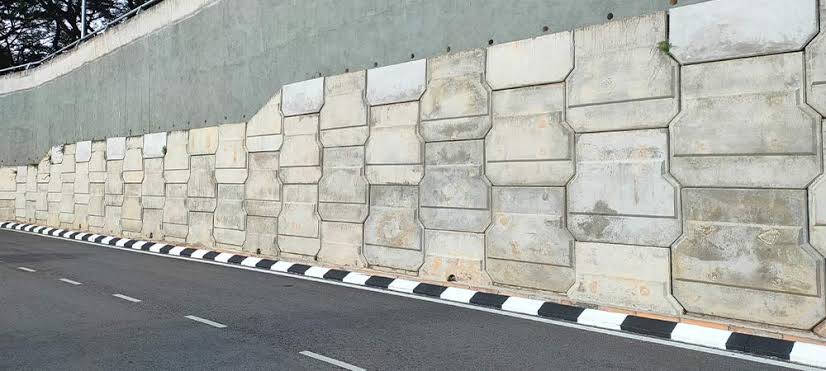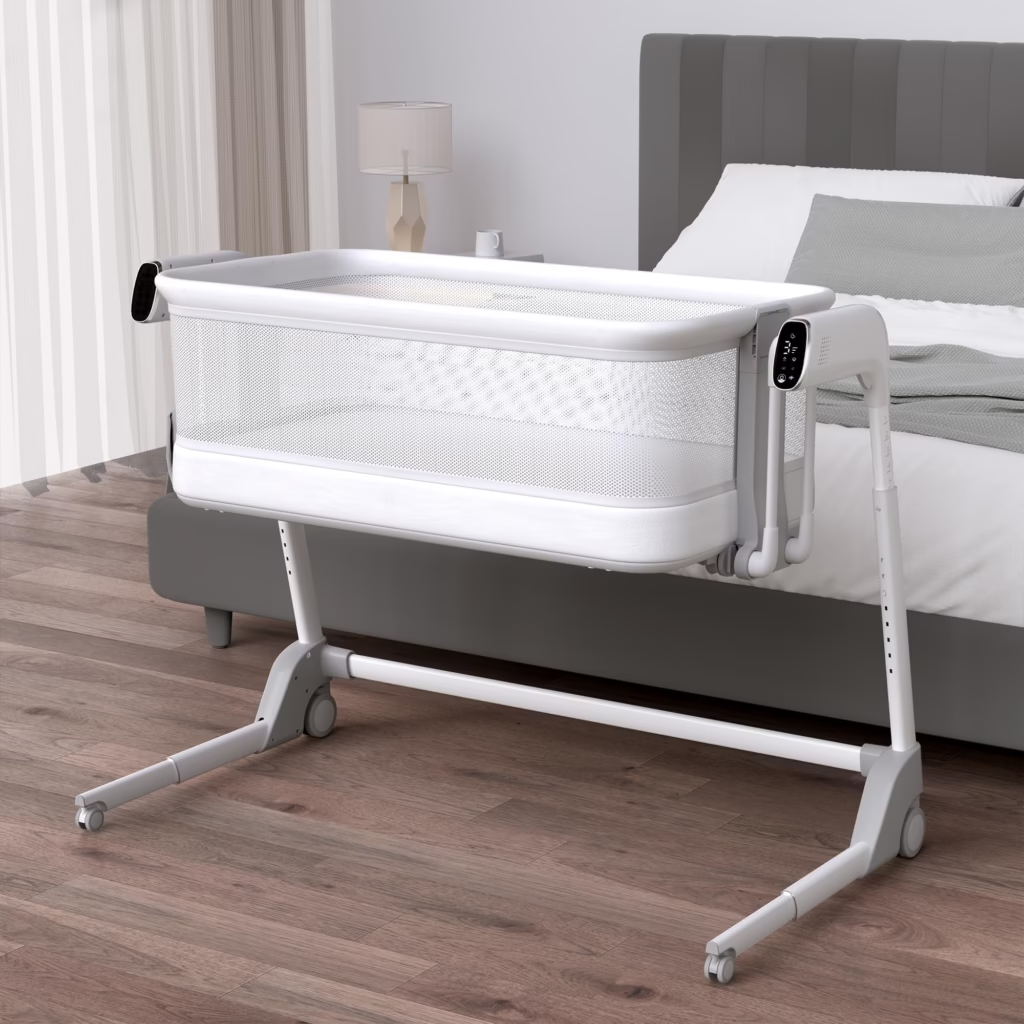In the beautiful coastal city of Napier, where the landscape features rolling hills and stunning ocean views, homeowners constantly seek ways to enhance their properties. Installing a custom retaining wall is one effective solution that combines functionality with aesthetic appeal. These structures help manage soil erosion, create usable outdoor spaces, and enhance the overall landscape design.
This guide explores the benefits of custom retaining walls, the design considerations involved, and how to choose the right professional for your project.
Understanding Retaining Walls
Retaining walls hold back soil and prevent erosion on sloped land. They are essential in areas where landscaping requires controlling the earth’s movement, especially in regions like Napier that experience varying weather conditions. Here are some of the primary functions of retaining walls:
- Soil Stabilization: Retaining walls prevent soil erosion and landslides, ensuring the stability of your landscape.
- Creating Usable Space: By leveling a sloped area, retaining walls can create flat surfaces for gardens, patios, or outdoor entertainment areas.
- Aesthetic Enhancement: A well-designed retaining wall can significantly enhance the visual appeal of your property, serving as a focal point in your landscape.
Benefits of Custom Retaining Walls
Custom retaining walls offer a range of benefits that can transform your property:
1. Tailored Design
One of the most significant advantages of custom retaining walls is the ability to tailor the design to fit your needs and preferences. This includes:
- Material Selection: To match your home’s style and landscaping, you can choose from a variety of materials, such as natural stone, concrete blocks, or timber.
- Unique Shapes and Sizes: Custom walls can fit any space, accommodating curves, angles, and varying heights to suit your landscape.
2. Increased Property Value
A well-constructed retaining wall can enhance the overall value of your property. Potential buyers are often attracted to homes with well-designed outdoor spaces. A custom retaining wall improves aesthetics and addresses potential drainage and erosion issues, making your property more appealing.
3. Improved Drainage
Proper drainage is crucial in preventing water accumulation and soil erosion. Custom retaining walls can be designed with drainage systems that allow water to flow away from your property, protecting your landscape and foundation from damage.
4. Enhanced Usability
With the addition of a retaining wall, you can create flat areas that are perfect for outdoor activities. Whether you want to build a garden, install a patio, or create a play area for children, a custom retaining wall can help maximize your outdoor space.
Design Considerations for Your Retaining Wall
When planning your custom retaining wall, several design considerations should be taken into account:
1. Purpose of the Wall
Before you begin, determine the primary purpose of your retaining wall. Are you looking to prevent erosion, create usable garden space, or enhance the visual appeal of your property? Understanding the wall’s purpose will guide your design choices.
2. Material Selection
Choosing materials for your retaining wall is critical for both durability and aesthetics. Common materials include:
- Natural Stone: Offers a classic, organic look that blends well with natural surroundings.
- Concrete Blocks: Available in various colors and textures, they provide a modern and highly durable appearance.
- Timber: Provides a warm, rustic look but may require regular maintenance to prevent deterioration.
3. Height and Thickness
Your retaining wall’s height and thickness will depend on how much soil it needs to hold back. Taller walls may require additional engineering and reinforcement. Discuss these aspects with your builder connect to determine the best design for your needs.
4. Drainage Solutions
Effective drainage is crucial for the longevity of your retaining wall. Water buildup behind the wall can lead to structural failure. Ensure that your design incorporates adequate drainage solutions, such as:
- Weep Holes: Small openings that allow water to escape.
- Drainage Pipes: Installed at the base of the wall to direct water away from the structure.
5. Aesthetic Integration
Consider how the retaining wall will fit into your overall landscape design. Choose colors, textures, and styles that complement your home and surrounding environment. A well-integrated retaining wall can enhance the beauty of your property.
Choosing the Right Professional for Your Project
Selecting the right contractor for your custom retaining wall project is crucial for its success. Here are some tips to help you find the best professional in Napier:
1. Research Local Builders
Start by researching local retaining wall builders with a solid reputation. Look for companies specializing in custom designs and having positive reviews from previous clients.
2. Obtain Multiple Quotes
Get quotes from several builders to compare prices and services. This will help you find a contractor that fits your budget while offering quality work.
3. Check Credentials
Ensure that the builder is licensed and insured. This protects you in case of accidents or issues during the construction process.
4. Ask for References
Feel free to ask for references from previous clients. Speaking with past customers can provide insight into the builder’s quality of work and reliability.
5. Evaluate Communication
Choose a contractor who communicates openly and listens to your ideas. A good builder will work collaboratively with you to ensure that your vision is realized.
The Construction Process
Once you’ve selected a professional and finalized your design, the construction process typically involves several steps:
- Site Preparation: The area where the wall will be built is cleared and leveled.
- Excavation: A trench is dug to accommodate the base of the wall, ensuring proper depth and width.
- Drainage Installation: Any necessary drainage systems, such as pipes or gravel, are put in place to prevent water buildup.
- Wall Construction: The wall is built according to the chosen design, with careful attention to alignment and leveling.
- Backfilling: Soil is added behind the wall, ensuring proper compaction to prevent shifting.
- Finishing Touches: Additional landscaping or aesthetic features may be added to complete the project.
Conclusion
Improving your Napier property with a custom retaining wall is a valuable investment that can enhance both functionality and aesthetics. By considering your needs, selecting quality materials, and hiring the right professionals, you can create a retaining wall that not only stabilizes your landscape but also adds beauty to your outdoor space. Embrace the opportunity to transform your property with a custom retaining wall, and enjoy the benefits of a well-designed and functional landscape for years to come.






